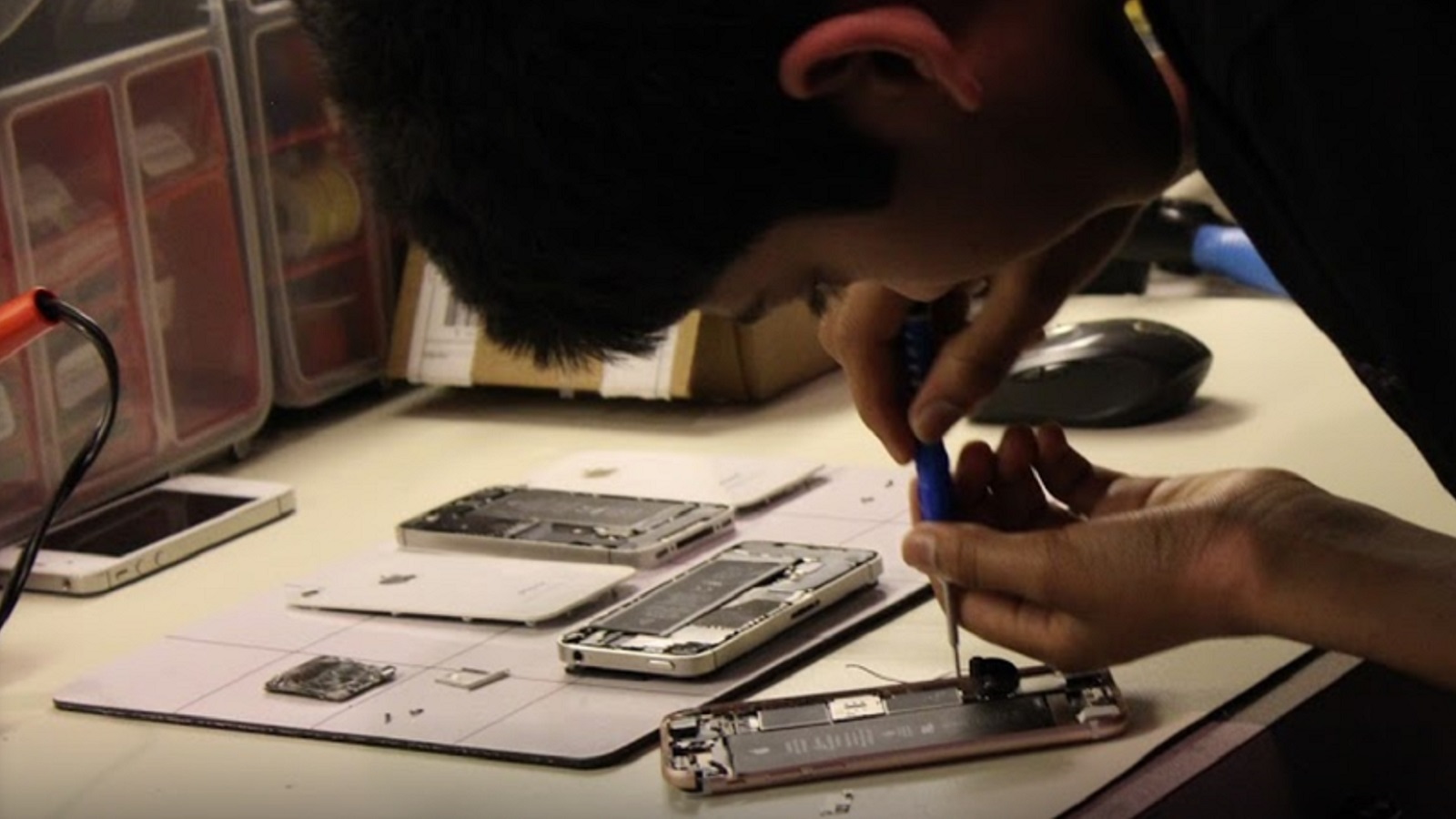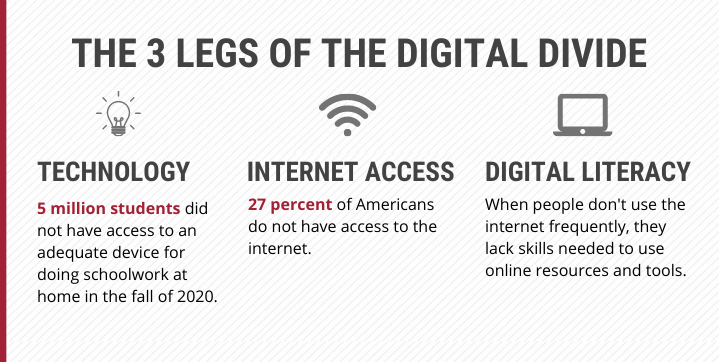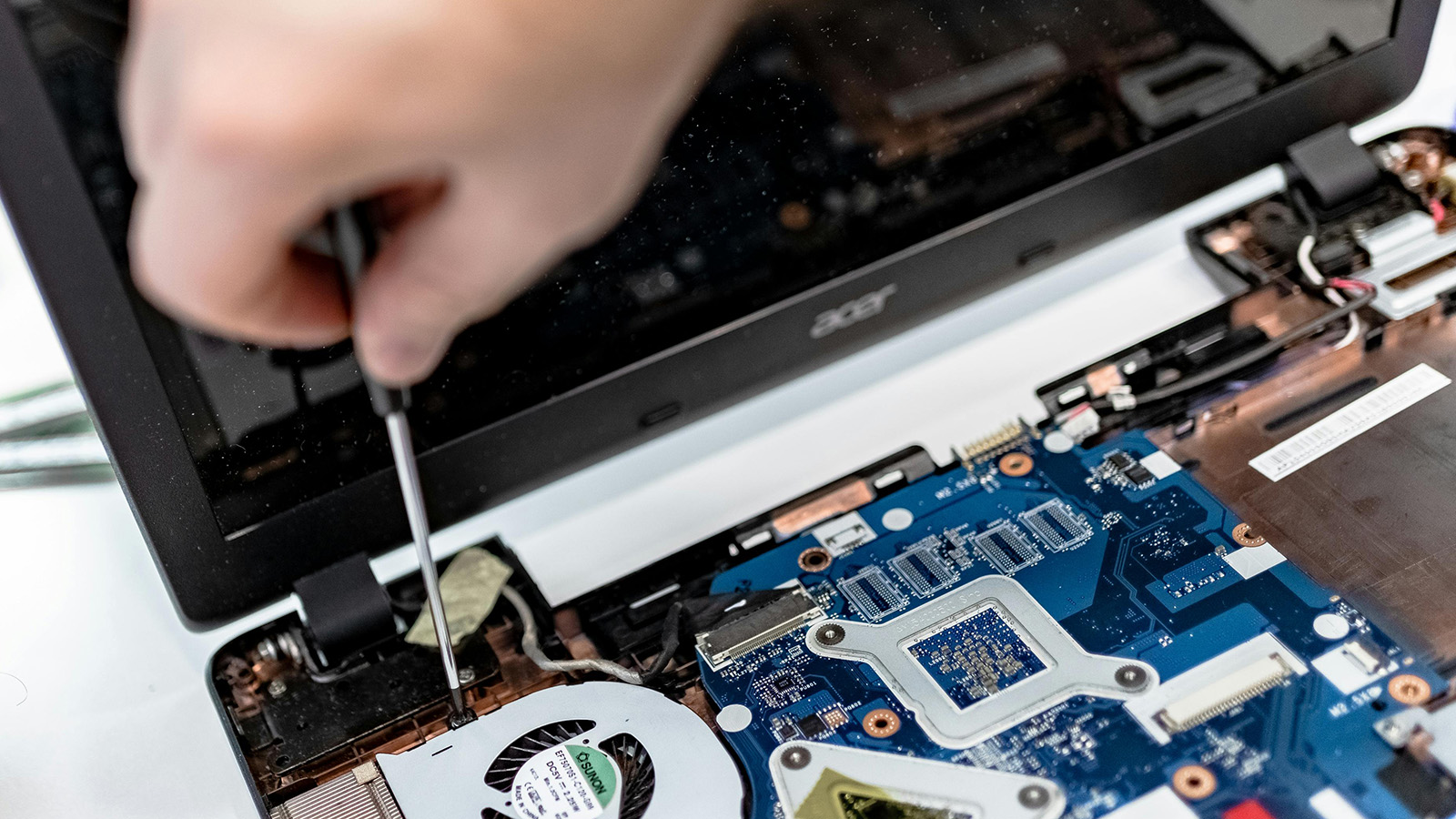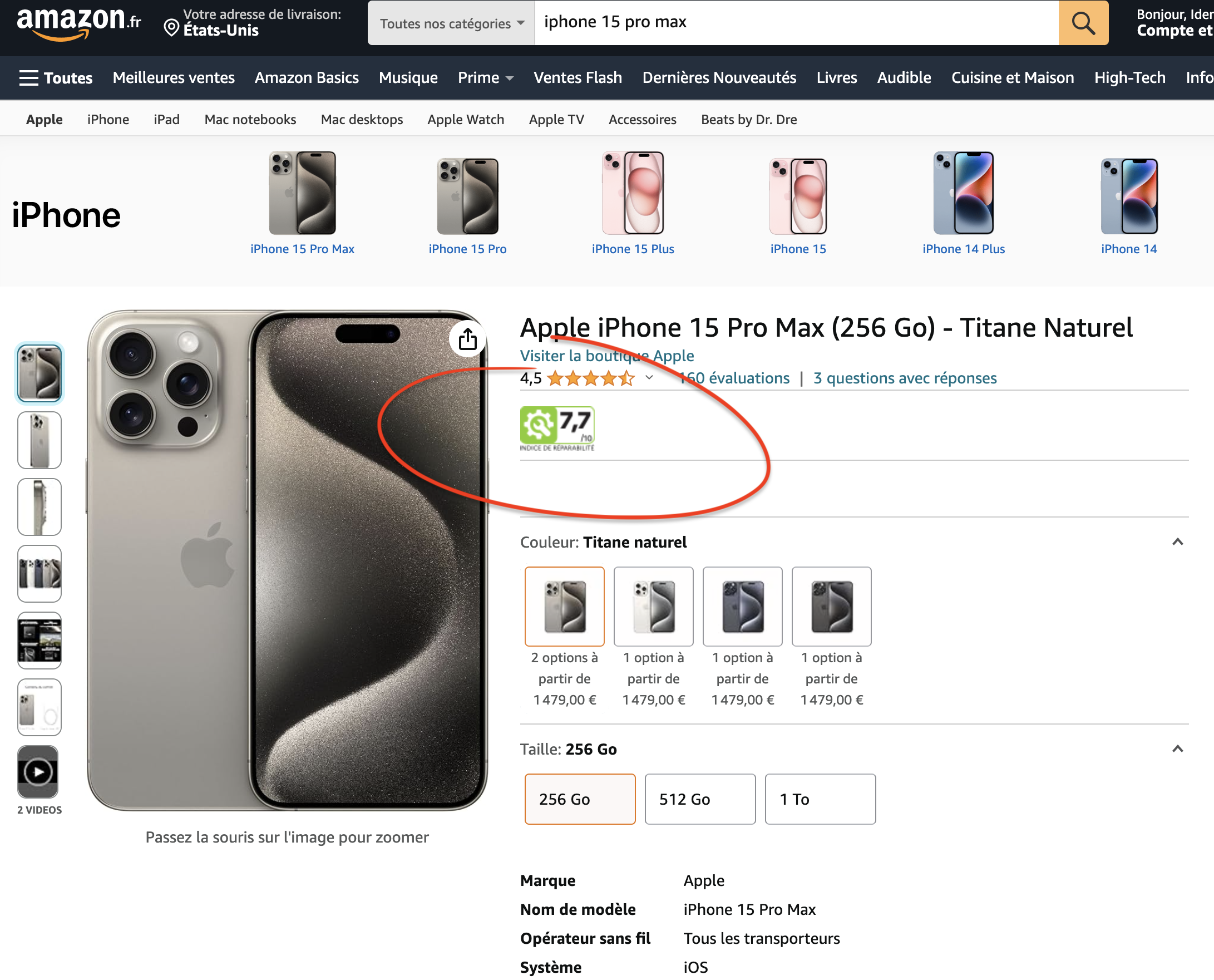The costs of the digital divide are higher than ever. Repair can help.
Millions of Americans stand on the wrong side of the digital divide. It’s time we fix that.

If you are reading this, you have access to the internet and a device capable of browsing — something which is not the case for some 27 percent of Americans on the wrong side of the digital divide.
When most Americans began sheltering in place to stay safe at the onset of the COVID-19 pandemic, many people switched to remote working and learning. But for many of those without internet access, devices or digital literacy, this sudden shift had adverse consequences for their health and education.
On the health front, many Americans lacking basic technological resources have been unable to work remotely and have had to risk going into work while COVID-19 has rampaged across the country over the past 14 months. And as our focus has shifted since December to vaccination, the digital divide has meant that senior citizens and others face technological barriers in their attempts to register for appointments to get their shots.

The stakes rise on a long-standing problem
When it comes to education, millions of students had no choice but to hope their schools could provide them with computers for the 2020-2021 school year. However, supply shortages meant U.S. school districts received 5 million fewer laptops than their students needed last fall. While that number is startling to most of us, to people paying attention to the digital divide in recent years, it’s not. In 2018, well before the coronavirus pandemic, 10 million students didn’t have access to an adequate device for completing schoolwork at home.
Given the tens of millions of laptops consumers purchase each year, the devices we need to address these technological shortfalls likely already exist. However, manufacturer-imposed barriers to repair thwart the secondhand market for electronics.
“Currently, we have to reverse engineer every new type of device that we receive,” Hilary Shohoney, executive director of the nonprofit Free Geek told an Oregon state house committee. “Through this process, we often break devices in order to understand them. It’s not logical, it’s unnecessarily challenging, and it’s simply a waste of resources.”
Sam Mencimer, a 17-year-old repair shop owner, described a similar situation during a Maryland bill hearing. “My job is to fix [school-issued Chromebooks] because Acer will not sell replacement parts for them,” said Mencimer, who described having to reverse engineer the laptops to find the many ways in which elementary school kids could have broken them.
But Mencimer couldn’t fix the laptops because Google would not allow him to access the software needed to reprogram a small chip on the motherboard. One tiny unfixable piece resulted in the school district having to use its limited budget to purchase new Chromebooks for its students.
Like the school districts in Mencimer’s testimony, consumers who can’t get their devices repaired are steered toward big box stores or manufacturers to replace them. According to a report published by U.S. PIRG’s Right to Repair campaign, this ongoing occurrence forces American households to spend an average of about $1,480 on new electronic products each year when they each could save approximately $330 annually through repair.
Meanwhile, the limited availability of secondhand and refurbished devices prevents Americans from accessing low-cost and durable electronics that suit their needs. Even when people find usable laptops in office IT closets or their basements, there are no guarantees that refurbishers, hamstrung by barriers to repair, can get them in working order.
In a blog published by U.S. PIRG in the fall of 2020, refurbishers described bins full of perfectly usable devices they could not repair or redistribute because they are activation-locked by manufacturers. Without the proper tools, there’s no way to circumvent this issue, and devices lie idle when they could help someone attend school or work remotely.
Repair can help provide low-cost devices
When manufacturers block access to the parts, tools, and diagnostics needed to repair or refurbish used technology, they make it harder to close the digital divide.
But there’s hope. With some 25 states filing Right to Repair bills during the 2021 legislative session, we stand at the precipice of a more repair-friendly future. If passed, Right to Repair legislation will help us repair, reuse, update, and pass along our devices to those in need.
Empowering a more robust repair and refurbishing ecosystem will improve access to low-cost, durable devices. That’s good news for students, the 45 percent of senior citizens who don’t own a laptop or PC, or anyone else who wants a low-cost device. You can help us by taking action on Right to Repair.
Topics
Authors
Alex DeBellis
Find Out More

Apple AirPods are designed to die: Here’s what you should know

Best laptops of 2024: The most repairable laptops and why it matters

Amazon displays repair scores for electronics in other countries. Why not here?

